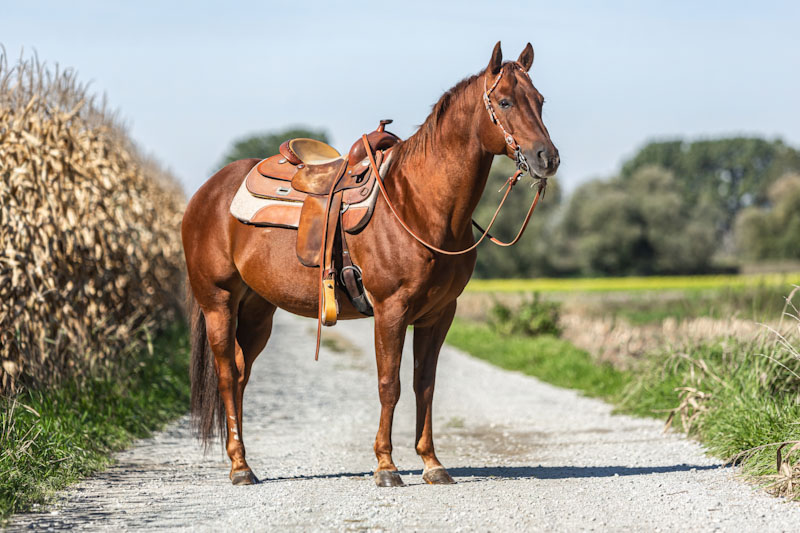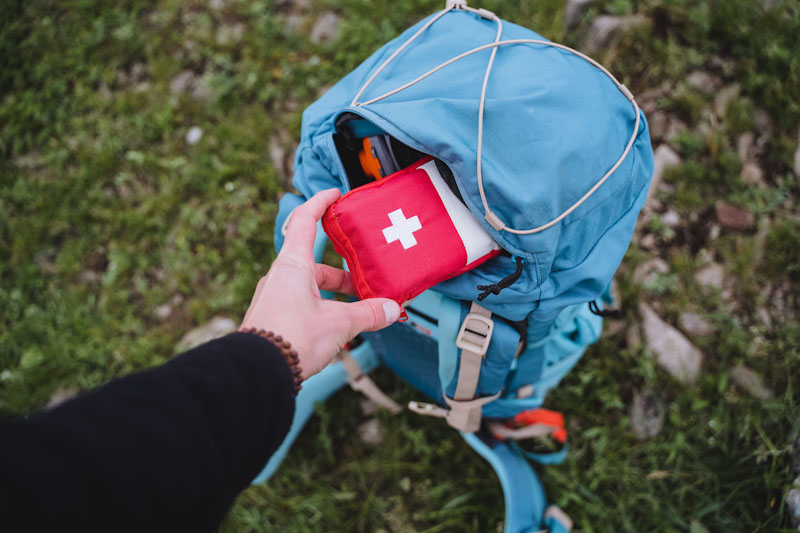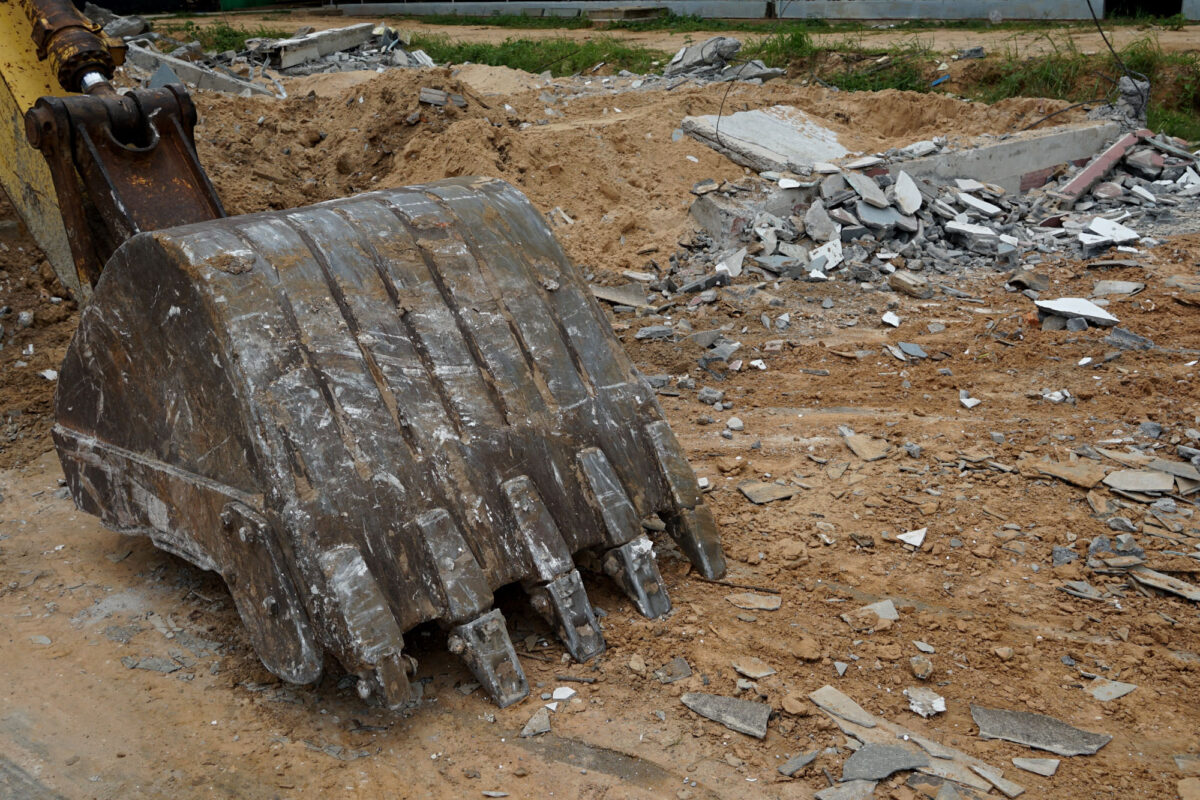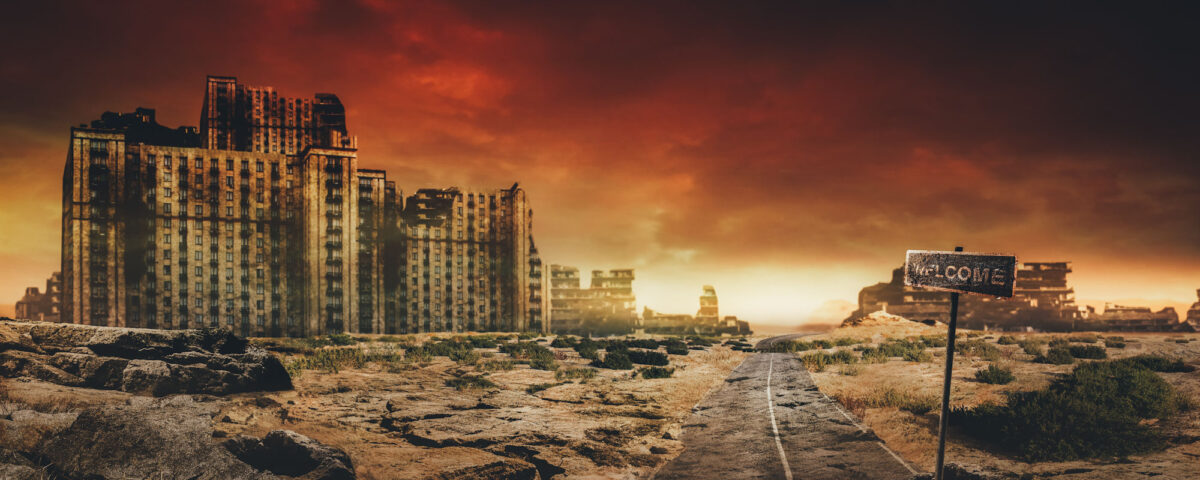One of the subjects that seem to get overlooked in the prepping community is that of transportation. Oh, we’re great at talking about our bug out vehicles; but that’s not what I’m talking about. A bug out vehicle has one purpose and one purpose only; that’s to get us from our home, to our survival retreat. After that, we probably won’t be able to get gasoline for it, so it will probably serve as nothing more than storage.
But that’s if we’re bugging out. What if we’re bugging in? There are a lot of post-disaster activities that we talk about in the prepping community, like hunting, fishing and cutting firewood, which will require transportation to get there and back again. Not only that, but we’re going to have to bring stuff back with us… heavy stuff… assuming we succeed in our hunting or wood cutting activities.
It would be nice if we were all living out in the woods, where transportation wouldn’t be an issue; but the truth of the matter is that most of us don’t. While a few preppers have managed to build or acquire their dream cabin in the woods, most of us just can’t afford that expense. We’re stuck living in town and if we need to go hunting or cutting wood, transportation is going to be an issue.
Before you say, “No problem, I can just use the wood from abandoned buildings, as people die off,” remember that pine, the lumber used for construction, burns quickly and doesn’t provide anywhere near as much heat as hardwoods do. So, while you might be able to do that for a while, you’ll find that you’re going to be spending a lot of time cutting wood and tending your fire.
If we assume that electrical power is out, as we usually do, then gas stations won’t be open, the refineries that make the gasoline won’t be running and even the oil pumps pulling the petroleum out of the ground will stop pumping. Since gasoline doesn’t store well for a prolonged period of time, using our cars, trucks, SUVs, chainsaws and even lawn mowers will be out of the question within a few months, at most. I had thought of using my riding lawnmower for post-disaster transportation at one time; but it gets worse gas mileage than my cars do.
So, what can we do?
Horses
The basic form of transportation, before automobiles of various sorts took it over, was the horse. Actually, when I say “the horse,” I’m also referring to pones, burros and mules as well. We could even include oxen in that, as most of the wagons pioneers took to go west in the great wagon trains were pulled by oxen. At their peak, there were just over 25 million horses in the United States.
Today there are only 7.2 million horses in the US, with about half of those horses being in just ten states. The state with the best horse per human ratio is Wyoming, where there are only 8.43 humans per horse. From there, it just gets worse. Obviously, there aren’t enough horses to go around.
Yet horses still remain our best option for post-disaster transportation, if we can afford them. Horses can range anywhere from $100 to $10,000, with horses ridden for recreational purposes (the kind we’re most likely to want) typically being about $3,000. But that’s not the expensive part. The cost of upkeep for that horse runs over $9,000 per year in most states. Unless you have room to board that horse, where you would end up keeping it might end up being far from your home, adding to the labor needed for simple things like feeding the horse and the difficulty of getting that horse to your home after a disaster.
But your problems wouldn’t stop, once you got that horse home. While municipal laws limiting the keeping of livestock probably wouldn’t be enforced all that well, there’s the problem of finding feed for the horse. An average-sized horse will eat about 20 pounds of food a day. While they can eat grass, they also need grains to provide them with sufficient energy. Unless you have land, it will be hard to come up with that much feed for the horse.
Even so, horses are the best option. But there are a number of obstacles to overcome.
Donkeys
Donkeys have a history of being both stubborn and strong. Like horses, they have been domesticated for centuries and used as both riding and draft animals. From a survival viewpoint, they might actually be a better option, as they are less expensive to acquire and eat less. Prices for standard donkeys range from $300 to $2,000, making them much more affordable. They only eat about 5 to 8 pounds of food per day, largely straw or hay. Grazing is possible; but they would need to be given vitamins and minerals if they were living off a grass diet.
Donkeys can be ridden by horses, but the weight of the rider has to be taken into consideration. The heavier you are, the less likely it is that you can ride a donkey. Fortunately for the donkeys, they are smart enough not to carry more than they safely can handle. Most will just lay down, if the load placed on their back (including a person) is too much for them.
But where the donkey is really useful is as a beast of burden; either carrying about 130 pounds on their back or pulling a cart that’s loaded with double their body weight. That would work out well for those forays to go hunting or cut firewood.
Other “Draft Animals”
The term “draft animals” refers to any animals which are used to pull a wagon or other load. While the aforementioned horses, mules, donkeys and oxen are what we think of, when we talk about draft animals. But other animals have been used as draft animals, by various different groups, throughout history. We’ve all heard of Santa Clause using reindeer to pull his sleigh, haven’t we?
Actually, reindeer are the only species of deer which have been fairly widely domesticated. They have been used as draft animals, as well as farmed for their meat. This is not to say that we could use other deer that way. It would take several years of breeding to domesticate deer enough that we could train them as draft animals.
However, there are many other animals which are already domesticated and which have been used as draft animals at one time or another. Most specifically, dogs and goats have both been used in this regard, by various different cultures. While these smaller animals don’t have the strength that horses and donkeys do, they can still be trained to pull carts, working in teams. A team of dogs or goats could therefore be used to bring a small load of firewood back to your home.
Bicycles
The most readily available form of transportation we will likely have available to us, in a post-disaster world, is the bicycle. Many of us already have bicycles in our homes… or at least our children do. While we tend to think of the bicycle as a toy, there are countries where they have been used as a primary means of transportation. Why couldn’t we so the same?
The ability of a bicycle to carry a load, besides the rider, is limited. At best, you might be able to carry 50 pounds of firewood. There’s just not that much space on a bicycle to carry cargo. You’re actually better off with a trailer, using that to carry the cargo and the bike to pull it. I’ve seen some nice homemade bike trailers through the years; but if you’re not into doing another project, you can find one of the trailers for kids to ride in. That would be lightweight and yet still carry a fair load of wood.
Granted, riding a bicycle, with a load is a lot of work; but there are things that can be done to make that work a bit easier; beside exercise that is. One thing is to make sure the gearing of the bike is set up for power at lower speeds, rather than speed. Another is to make sure the trailer is as light and free-wheeling as possible. You don’t need any extra drag. Even so, be sure to test just how much weight you can manage to pull with your bicycle, before the time comes where you have to.
Push Carts
When all else fails, there’s human power to haul your load. That would mean having some sort of wagon or push cart that you could use; something sturdy enough to carry the weight, while not being so heavy itself that it would make your work harder. If I were to build something like that, I’d use aluminum, rather than steel, just to keep the weight down. I’d also make sure there’s as little friction in the wheel hubs as possible, with wheels that are big enough to handle crossing rough country.











radar | January 23, 2024
|
Check out this site; http://www.lowtechmagazine.com/2011/12/the-chinese-wheelbarrow.html
The Chinese before and after the turn of the 1900s century built a push-pull cart with one wheel in th center of the cart that the whole –what might be called “shelving” platforms– were balanced under and around that one hefty center wheel. Look at the pictures of one young guy hauling a group of light-weight women, some on each side. And see the picture of how carts were moved up hill and down hill; and there is even a picture of how the Chinese put “wind sails” on top of their cart to “give them some pushing aid” when traveling with the wind.
This is what I am going to experiment with, and especially “off road”, because my guess is It would help me carry 2 5-gallon buckets of water, plus all my gear and a kitchen sink; and having 1 fat wheel would allow the cart to be turned sharply where needed.
if you don’t like that do a search for “monowalker” built overseas for mountain hikers who need various types of non-power carts to travel steep hills, roads, etc. It is fascinating, but also expensive.. But it must be much less expensive than buying a horse and paying for horse updkeep.
Zulu 3-6 | January 24, 2024
|
My ex-wife has two donkeys on her homestead to keep an eye on her goats, chickens, ducks, etc. They have already chased off some feral dogs and at least one coyote she is sure of. Luckily, Florida coyotes are a small sub-species and only weigh about 30lbs or so. Lightweight opponents for a full-grown donkey with a case of the ass. A black bear? Another story.
The military has a cart somewhat similar to the Chinese handcarts. They are two wheeled for better balance and are used as stretcher carts so one medic can transport a casualty on a litter instead of two or four. Usually they are used in rear area medical facilities as using them in mud, deep sand, etc, wouldn’t work. My oldest daughter used them in Afghanistan carrying casualties from helos to the hospital she worked at. On pavement it was normally a smoother ride for the patient than two or four people bouncing up and down while carrying them.
radar | January 25, 2024
|
Zulu 3-6. I didn’t know that and have never seen one, not even in desert combat (maybe because of the sand), Do you recall what it is called? Though I’ve seen four wheel hospital carts carrying patients, i’ve not ever seen two-wheel field carts that are better balanced. It would be easier to use than building an old Chinese cart from scratch and experimenting on how to make it seem to work as well as the long-ago pictures. Thanks for sharing.
Zulu 3-6 | January 26, 2024
|
Radar,
The military calls them wheeled litter carriers. They are not suitable for use in mud or soft sand, but are very useful on hard packed dirt, concrete, or asphalt. Here is a link to North American Rescue that shows a good photo of one: https://www.narescue.com/litter-carrier-wheeled-with-case.html
Also, the guards at Gitmo used these to transport uncooperative terrorist prisoner in lieu of dragging them or physically carrying them. My daughter, who used them at the Bagram Hospital in Afghanistan said they are easy to use even for one person, although they tried to have a second person along to ensure the carrier stayed balanced.
Daniel Turner | January 31, 2024
|
They are pricing them like selling to the military along with the 300 dollar hammers
Zulu 3-6 | January 31, 2024
|
Dan,
Yep, they are expensive. But my daughter said they were pretty handy.
Grumpyoldman | February 1, 2024
|
Game carts. Used to haul deer/elk out of the woods after harvesting. Check them out at outdoor supply stores. Cabelas, Sportsmansguide etc. They can be 2 wheel, basic or upgrade to double wheels per side.,mine can carry approx. 750 lbs. Around 3 to 4 hundred dollars. Heavy duty metal. One person can lift it up and put in the back of a truck or hang it on a wall.
radar | January 26, 2024
|
Zulu 3-6 Thanks for the additional information–great help for me!. I’ll check out your references. Thanks again.,
Daniel Turner | January 31, 2024
|
I live in Amish country where they will hire a ride from someone with a car. May come a day we hire a ride from them
Zulu 3-6 | January 31, 2024
|
Dan
Yes, we very well might. However, it may be a race between the government killing off fossil fuel vehicles and killing off Amish farms and livestock in general.
Martin H Slusser | January 31, 2024
|
Do not feed grain. A little is a treat. For a working animal, then a regular ration. When not working, animals get stall sour and can be dangerous. Aside from that, too much grain will eat holes (abscesses) in their livers, something common in feed lots, along with heart attacks. Better thing is, set up relay of sprout tubs. Look it up on YouTube, farmers, ranchers, and small feed lots are doing this for grass fed. Feed the sprouts with caution at first. Later, if not grazing, ante up. In the long run, sprouts are higher in energy than the grain they came from, and not toxic which grain is. niio
Sabel | February 5, 2024
|
Red, is that you?
Alan | January 31, 2024
|
I found an older Burley bicycle trailer, stripped off the nylon cover leaving the aluminum frame and bolted down a plywood deck. I also beefed up the tires and rims to increase its load capacity. At this point I can add a variety of containers or buckets to sit inside the trailer.
Norbert | February 1, 2024
|
I bought a PhatMoto Bicycle and a Side Car just for the fall out of SHTF. I have my Back-me-up system all in place so all my electronics are protected and secure. The PhatMoto with side care works with Pedal, Gas/Natural gas/wood gas/brown’s gas and propane. I have a wheel hub motor for the sidecar. Again all electronics are secured and in faraday cage. In this way I have multiple forms of transportation. You do know that you can fill your tires with sand if you have a damaged innertube! I am also building a cargo trailer for the PhatMoto to pull behind. I am using an aluminum cot for the basic framework so that it can carry a heavier load.
So why the sidecar when I will also have a trailer? Well, think about it. If you have a balance difficulty, the sidecar will keep you upright and can be used as a cargo carrier as well. How fast can a PhatMoto go? 25MPH standard. 32MPH with a 44 tooth sprocket. 39MPH with a 36 tooth sprocket. The 25MPH keeps it Street legal as a Bicycle in most states. If SHTF then bets are off because you will need to have something that can go at least 40mph to go on the state highways. Just attach a slow moving sign and blinking warning lights and you should be fine.